CONTROLS
AG:1 Drop bomb
AG:2 Trim
AG:3
AG:4
AG:5
AG:6 Lights
AG:7 Drop tanks or bombs
AG:8 Canopy
VTOL: Flaps
TRIM
(LEER ANTES DE USAR)
Do not pull the entire lever backwards at low speeds to avoid stalling.

Brigadier General Charles Elwood Yeager (/'je?g?r/ YAY-g?r, February 13, 1923 – December 7, 2020) was a United States Air Force officer, flying ace, and record-setting test pilot who in October 1947 became the first pilot in history confirmed to have exceeded the speed of sound in level flight.

Yeager enlisted as a private in the U.S. Army Air Forces (USAAF) on September 12, 1941, and became an aircraft mechanic at George Air Force Base, Victorville, California. At enlistment, Yeager was not eligible for flight training because of his age and educational background, but the entry of the U.S. into World War II less than three months later prompted the USAAF to alter its recruiting standards. Yeager had unusually sharp vision (a visual acuity rated 20/10), which once enabled him to shoot a deer at 600 yd (550 m).

At the time of his flight training acceptance, he was a crew chief on an AT-11.[12] He received his pilot wings and a promotion to flight officer at Luke Field, Arizona, where he graduated from Class 43C on March 10, 1943. Assigned to the 357th Fighter Group at Tonopah, Nevada, he initially trained as a fighter pilot, flying Bell P-39 Airacobras (being grounded for seven days for clipping a farmer's tree during a training flight),[13] and shipped overseas with the group on November 23, 1943.

Despite a regulation prohibiting "evaders" (escaped pilots) from flying over enemy territory again, the purpose of which was to prevent resistance groups from being compromised by giving the enemy a second chance to possibly capture him, Yeager was reinstated to flying combat. He had joined another evader, fellow P-51 pilot 1st Lt Fred Glover,[20] in speaking directly to the Supreme Allied Commander, General Dwight D. Eisenhower, on June 12, 1944.[21] "I raised so much hell that General Eisenhower finally let me go back to my squadron" Yeager said. "He cleared me for combat after D Day, because all the free Frenchmen – Maquis and people like that – had surfaced".[22] Eisenhower, after gaining permission from the War Department to decide the requests, concurred with Yeager and Glover.[23] In the meantime, Yeager shot down his second enemy aircraft, a German Junkers Ju 88 bomber, over the English Channel.

Yeager demonstrated outstanding flying skills and combat leadership. On October 12, 1944, he became the first pilot in his group to make "ace in a day," downing five enemy aircraft in a single mission. Two of these victories were scored without firing a single shot: when he flew into firing position against a Messerschmitt Bf 109, the pilot of the aircraft panicked, breaking to port and colliding with his wingman.[24] Yeager said both pilots bailed out. He finished the war with 11.5 official victories, including one of the first air-to-air victories over a jet fighter, a German Messerschmitt Me 262 that he shot down as it was on final approach for landing.

In his 1986 memoirs, Yeager recalled with disgust that "atrocities were committed by both sides", and said he went on a mission with orders from the Eighth Air Force to "strafe anything that moved".[27][28] During the mission briefing, he whispered to Major Donald H. Bochkay, "If we are going to do things like this, we sure as hell better make sure we are on the winning side".[27][28] Yeager said, "I'm certainly not proud of that particular strafing mission against civilians. But it is there, on the record and in my memory".[29] He also expressed bitterness at his treatment in England during World War II, describing the British as "arrogant" and "nasty" on Twitter.[

Yeager was commissioned a second lieutenant while at Leiston, and was promoted to captain before the end of his tour. He flew his 61st and final mission on January 15, 1945, and returned to the United States in early February 1945. As an evader, he received his choice of assignments and, because his new wife was pregnant, chose Wright Field to be near his home in West Virginia. His high number of flight hours and maintenance experience qualified him to become a functional test pilot of repaired aircraft, which brought him under the command of Colonel Albert Boyd, head of the Aeronautical Systems Flight Test Division.
.
Specifications
Spotlights
- pancelvonat 3 months ago
General Characteristics
- Successors 3 airplane(s)
- Created On Android
- Wingspan 35.7ft (10.9m)
- Length 32.1ft (9.8m)
- Height 12.8ft (3.9m)
- Empty Weight 7,969lbs (3,614kg)
- Loaded Weight 11,221lbs (5,089kg)
Performance
- Horse Power/Weight Ratio 0.132
- Wing Loading 36.6lbs/ft2 (178.8kg/m2)
- Wing Area 306.4ft2 (28.5m2)
- Drag Points 1062
Parts
- Number of Parts 1066
- Control Surfaces 2
- Performance Cost 3,623

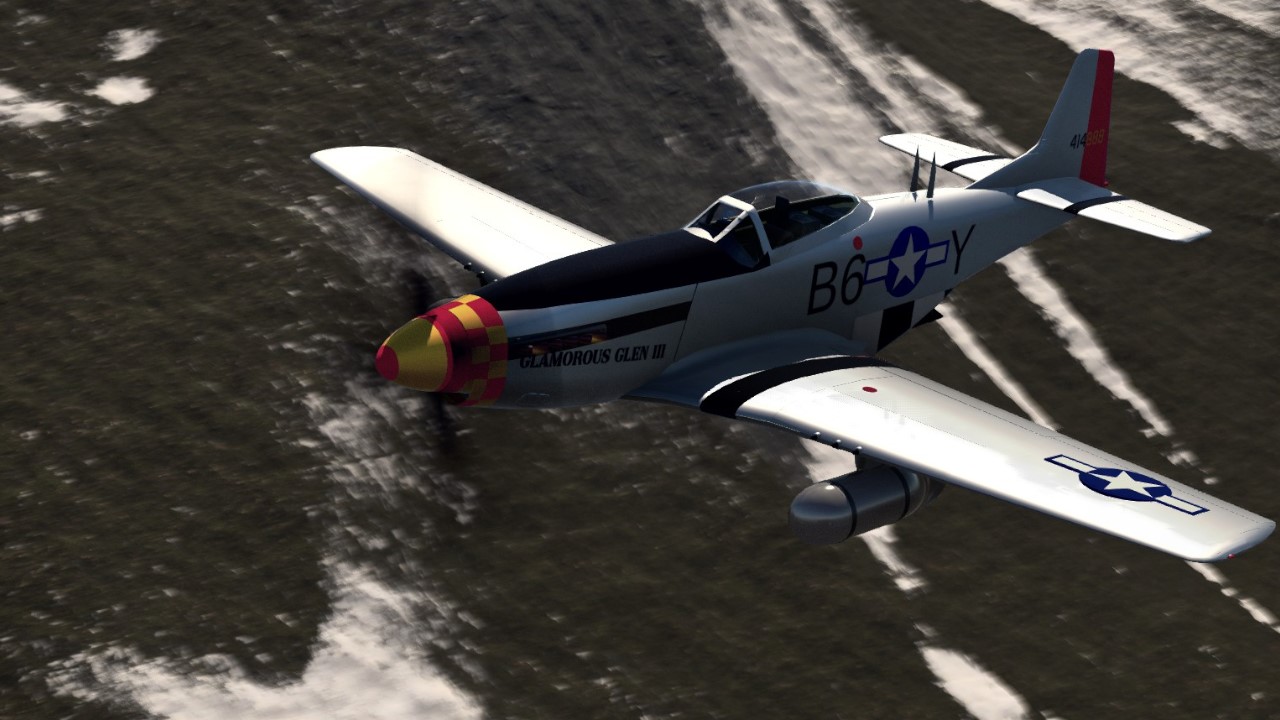
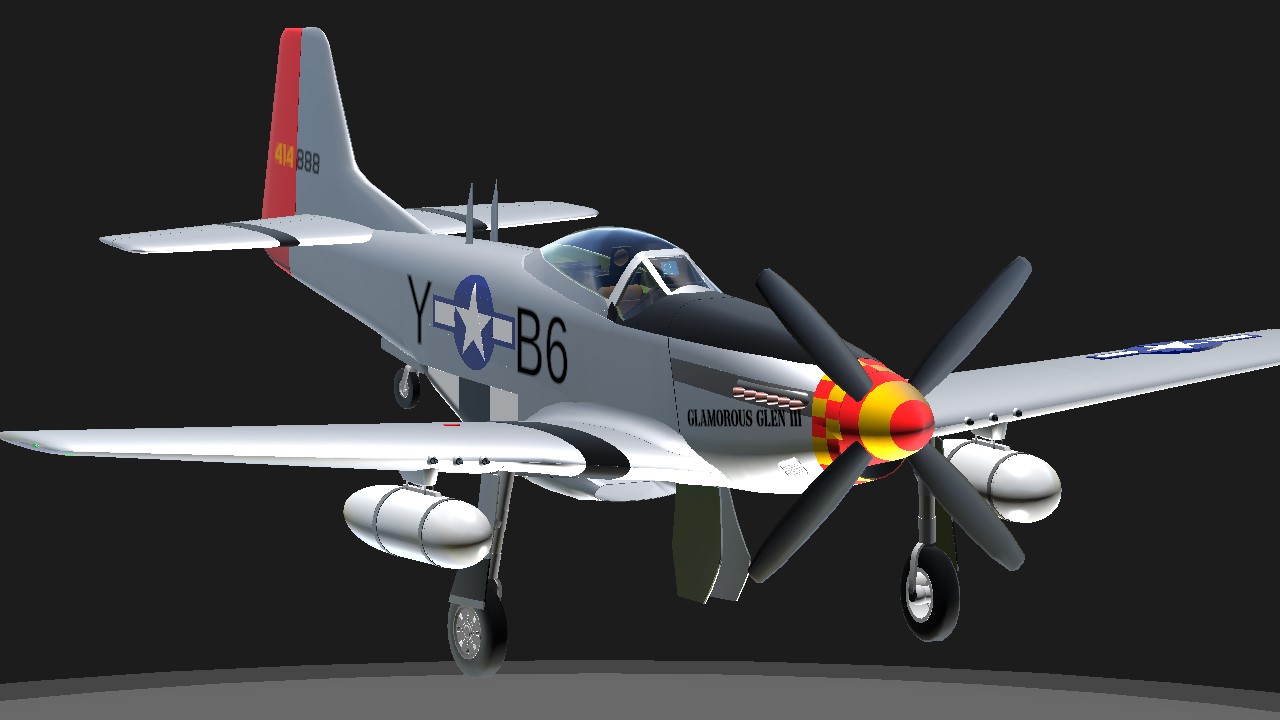
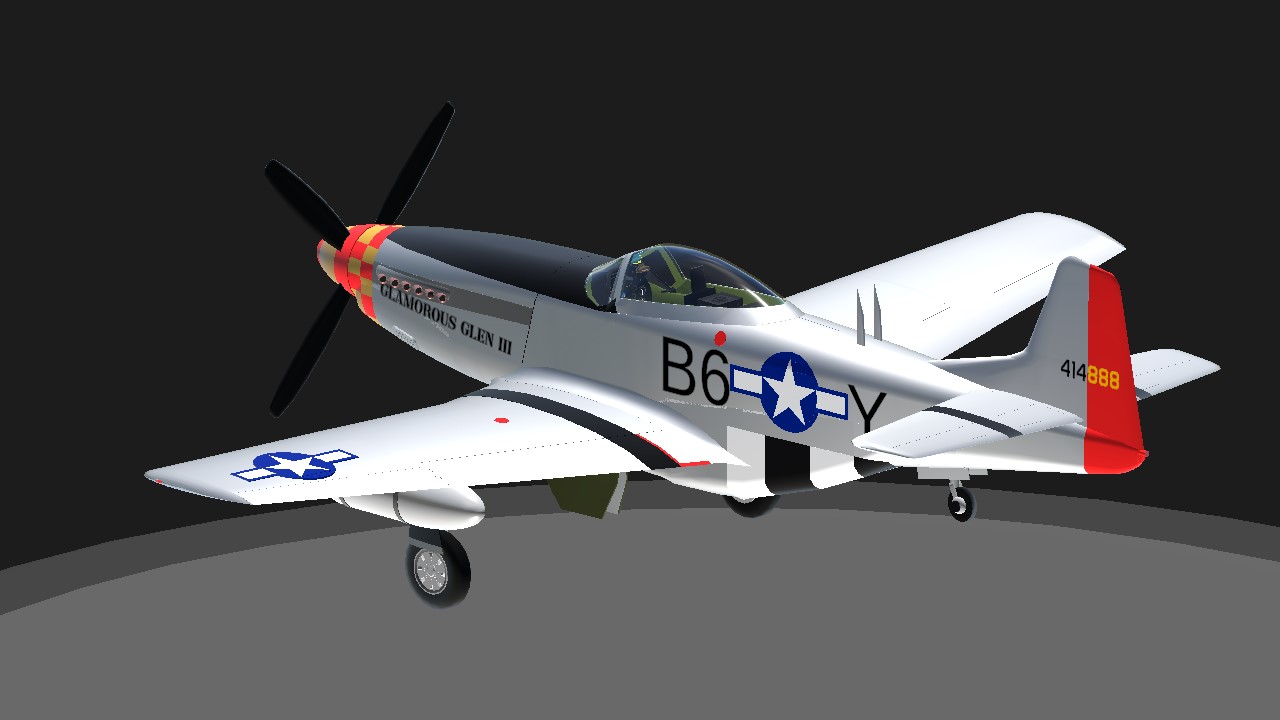
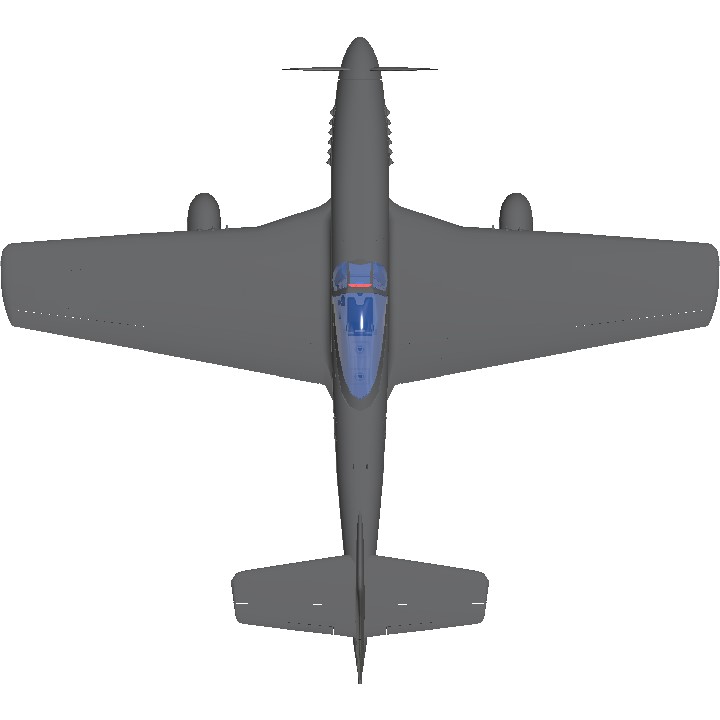
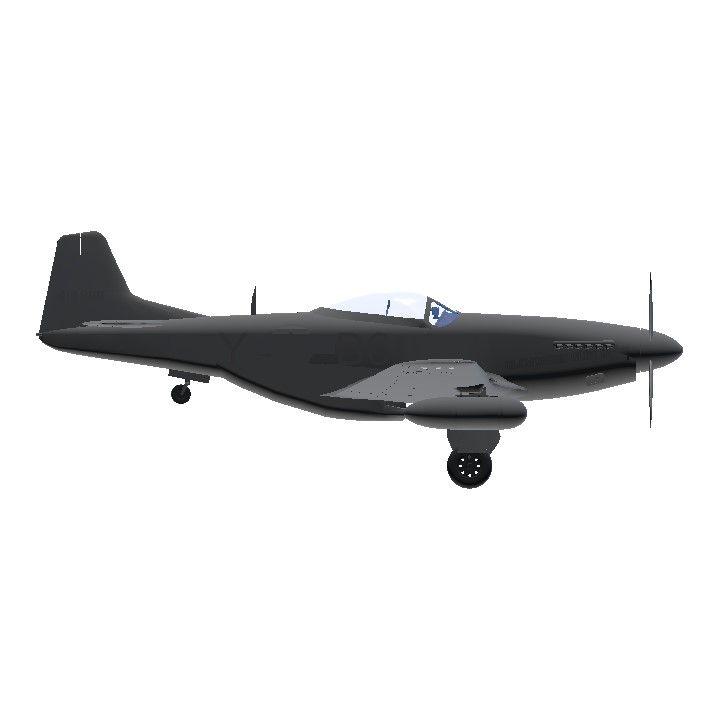
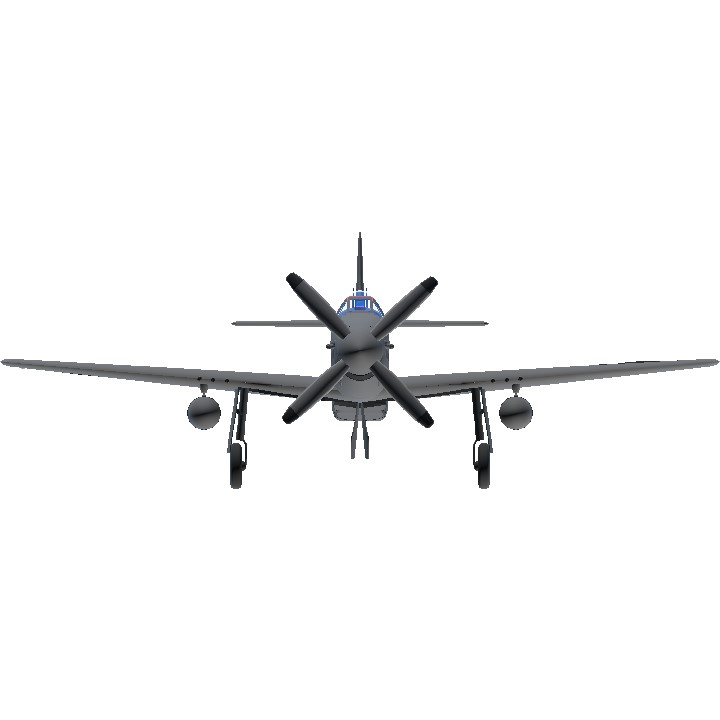
Feels like a remake of that one plane…
@RicardoACE Heyy, your craft ALSO features in the latest SP2 post(and crashed)
My man, I miss when you made the first generation fighters. They were so beautiful
@bluedia99 @Ericshideout @MobileBuilder21 @F8boa @MrCOPTY @Mal0ne thanks brothers
lovely
🔥
Beautiful
Excellent work, looks like the real deal.
Quite glamorous!
Gorgeous